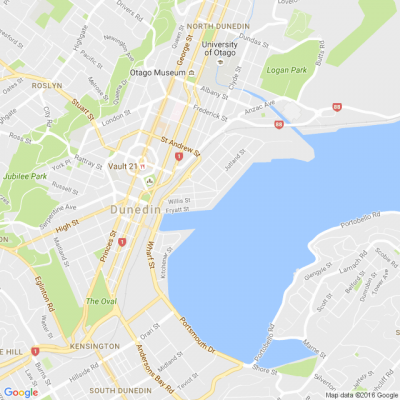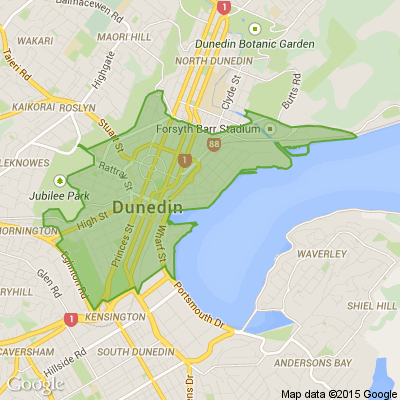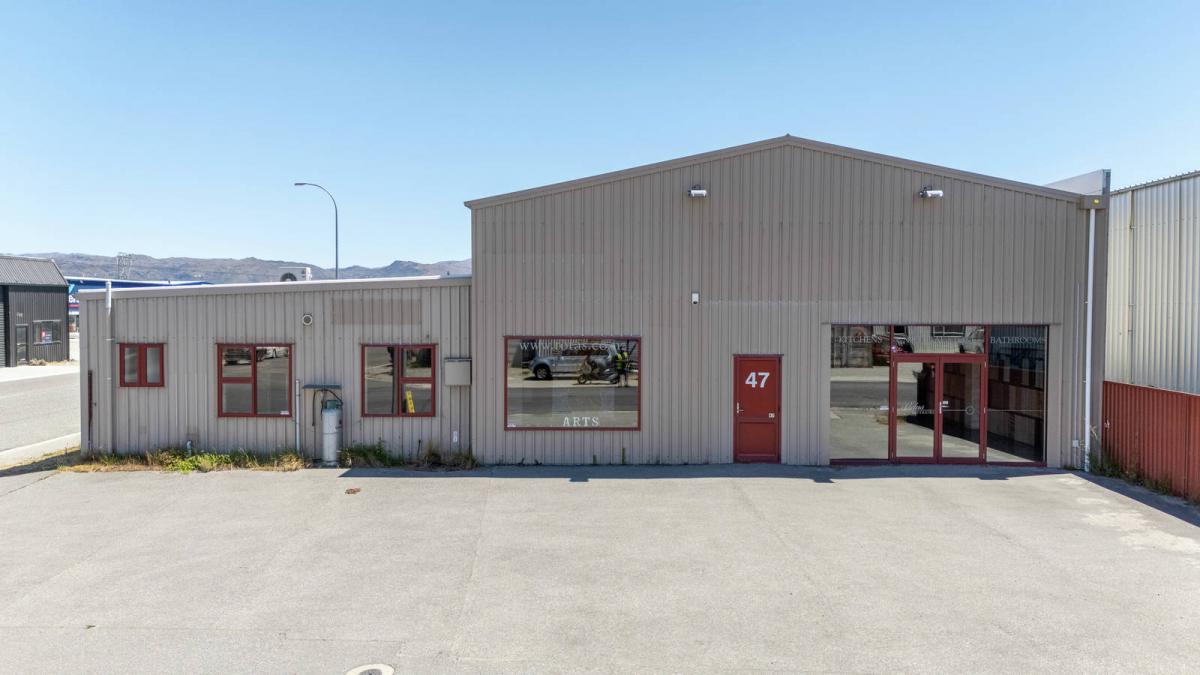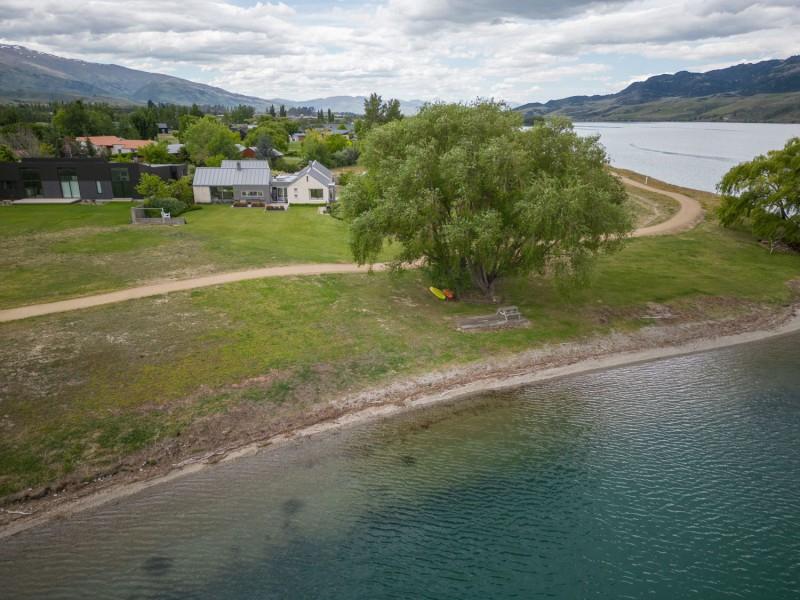'Their time in the light' - the repatriation of cultural taonga
From reporter Hamish McNeilly:
The repatriation of taonga should not be treated as a ‘’moment of loss’’ for a museum.
Those comments come from Dr Gerard O’Regan (Ngāi Tahu), curator Māori at Tūhura Otago Museum, which has announced two significant repatriation of museum acquired artefacts in as many weeks.
The first of those repatriated taonga was a taiaha (a long wooden weapon), returned to Ngāti Maniapoto as part of the iwi’s Treaty settlement, after the museum received advice from local rūnanga.
On Tuesday, the museum announced it would also be returning six cultural artefacts, including a kalpunta (boomerang), palya/kupija (adze) and a selection of marttan (stone knives), which are of Warumungu origin, from Indigenous Australians of the Northern Territory.
A few months ago the museum board decided to repatriate a lintel, a carved piece of wood above a door, to Ngāti Kahungunu.
‘’Under the repatriation process a whole lot of taonga are having their time in the light ... and that is where they are doing their work in terms of connecting us back to our people,’’ O’Regan, who has worked in heritage management for three decades, said.
‘’That is why when we look at repatriation we should not look at it as a moment of loss but a moment where we can actually get hold of a whole lot of stories and interrelationships and bring them together ... and create a moment.’’
The items were more than just artefacts in a museum, but treasures or taonga, O’Regan said.
‘’When you start talking about things as ‘treasures’ or taonga, people have to treasure them, and that is about who has connection to them ... who they are important to.’’
Canterbury Museum head of collections and research Sarah Murray said the museum had been involved in several repatriations in recent years.
In July, it was one of five New Zealand museums that returned Moriori karāpuna (ancestors) to the Hokotehi Moriori Trust (Rēkohu/Chatham Islands) in a national repatriation ceremony at Te Papa Tongarewa.
In May, the museum returned three iwi kūpuna (Hawaiian ancestral remains) to Hawaii, and also repatriated tīpuna to Rangitāne in 2009, Rapa Nui in 2018 and Confederated Tribes from the US Northwest in 2019.
Active discussions about repatriating kōiwi tangata (ancestral remains) and taonga were continuing, Murray said.
The museum worked closely with mana whenua and Ōhākī o Ngā Tīpuna, its iwi advisory group, as well as other New Zealand museums as part of the Ngākahu National Repatriation Partnership.
From the early 1970s, the late Maui Pomare was involved with international repatriations, as part of his work at the National Museum and which led to the return of 37 tūpuna (ancestors).
Since July 1, 2003 until May 1, 2017, Te Papa repatriated 420 Māori and Moriori ancestral remains from overseas institutions, with an estimated 600 remaining offshore.
In 2020, four toi moko (ancestral heads) were returned from Germany.
O’Regan said one of the first significant items repatriated from Otago Museum was the wharenui Mataatua – a fully carved Māori ancestral meeting house, which had toured the world before spending 70 years at the museum.
In 1983, the Ngāti Awa trust board began negotiating its return, and it was finally restored and reopened at its Whakatane site in 2011.
And the recent items would not be the last items to be repatriated, with the Otago Museum in ‘’ongoing conversations’’ with North Island-based iwi over other significant items.
O’Regan said it was important to view the story behind each taonga before any meaningful repatriation could be made.
‘’At the moment we are focused on taonga going away, but at some point there will be other taonga finding their way back here.’’
Some repatriation discussions in New Zealand centred not around artefacts, but around ko iwi (ancestral bones).
The museum took the view that if the bones were known to be ‘’from our tribal area, it is our responsibility to look after them’’.
And the museum, alongside the Southland and Canterbury Museums, would continue to store those ko iwi, which are under the management of Ngāi Tahu, until a decision about their future was made.

We're talking new year resolutions...
Tidying the house before going to bed each night, meditating upon waking or taking the stairs at work.
What’s something quick, or easy, that you started doing that made a major positive change in your life?

New Year, Same Brain Teasers!
A man was found dead with a cassette recorder in one hand and a gun in the other.
When the police pressed “play,” the tape said, “I can’t go on,” and then there was a gunshot.
Yet, the police knew it was a murder.
How?
Do you think you know the answer to our daily riddle? Don't spoil it for your neighbours! Simply 'Like' this post and we'll post the answer in the comments below at 2pm.
Want to stop seeing riddles in your newsfeed?
Head here and hover on the Following button on the top right of the page (and it will show Unfollow) and then click it. If it is giving you the option to Follow, then you've successfully unfollowed the Riddles page.

⚠️ DOGS DIE IN HOT CARS. If you love them, don't leave them. ⚠️
It's a message we share time and time again, and this year, we're calling on you to help us spread that message further.
Did you know that calls to SPCA about dogs left inside hot cars made up a whopping 11% of all welfare calls last summer? This is a completely preventable issue, and one which is causing hundreds of dogs (often loved pets) to suffer.
Here are some quick facts to share with the dog owners in your life:
👉 The temperature inside a car can heat to over 50°C in less than 15 minutes.
👉 Parking in the shade and cracking windows does little to help on a warm day. Dogs rely on panting to keep cool, which they can't do in a hot car.
👉 This puts dogs at a high risk of heatstroke - a serious condition for dogs, with a mortality rate between 39%-50%.
👉 It is an offence under the Animal Welfare Act to leave a dog in a hot vehicle if they are showing signs of heat stress. You can be fined, and prosecuted.
SPCA has created downloadable resources to help you spread the message even further. Posters, a flyer, and a social media tile can be downloaded from our website here: www.spca.nz...
We encourage you to use these - and ask your local businesses to display the posters if they can. Flyers can be kept in your car and handed out as needed.
This is a community problem, and one we cannot solve alone. Help us to prevent more tragedies this summer by sharing this post.
On behalf of the animals - thank you ❤️







 Loading…
Loading…


























